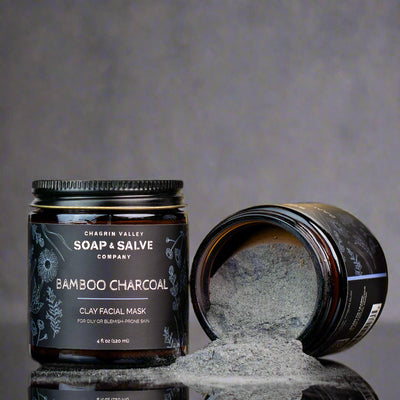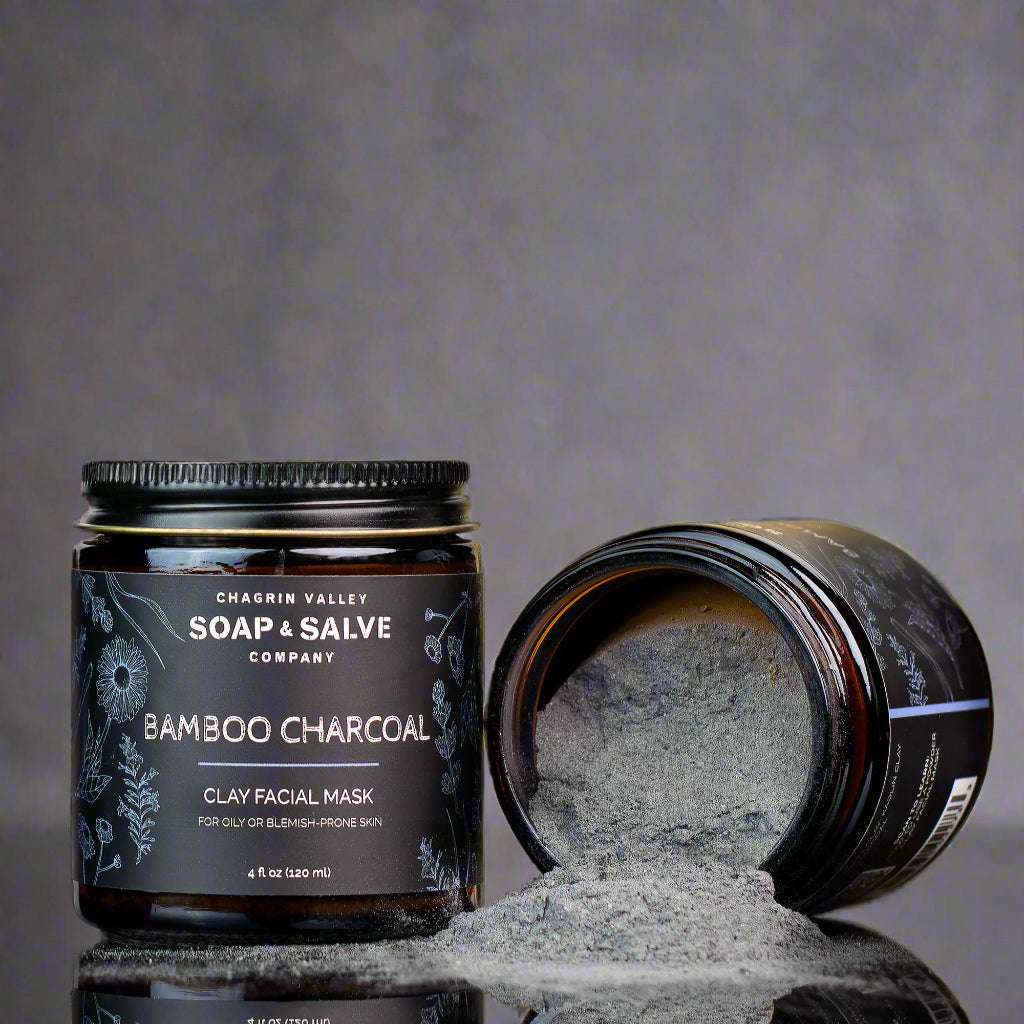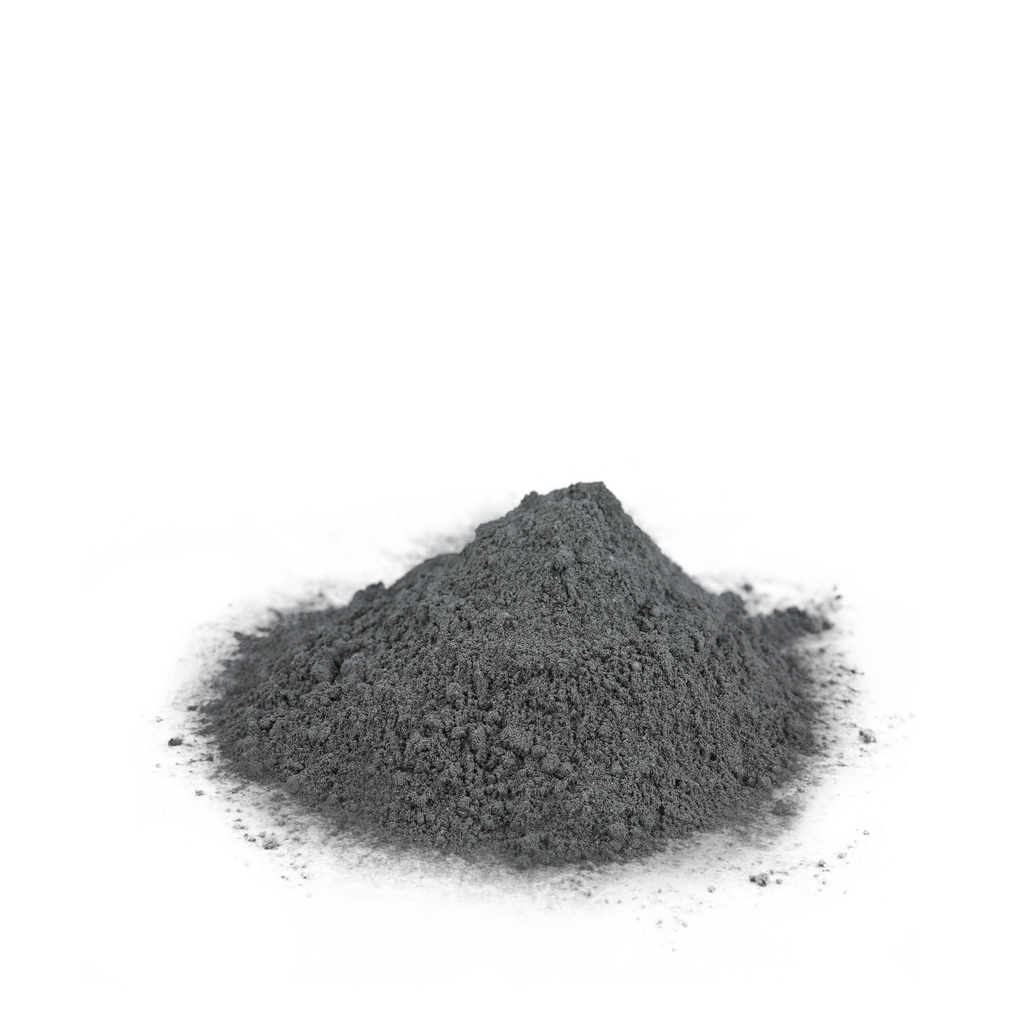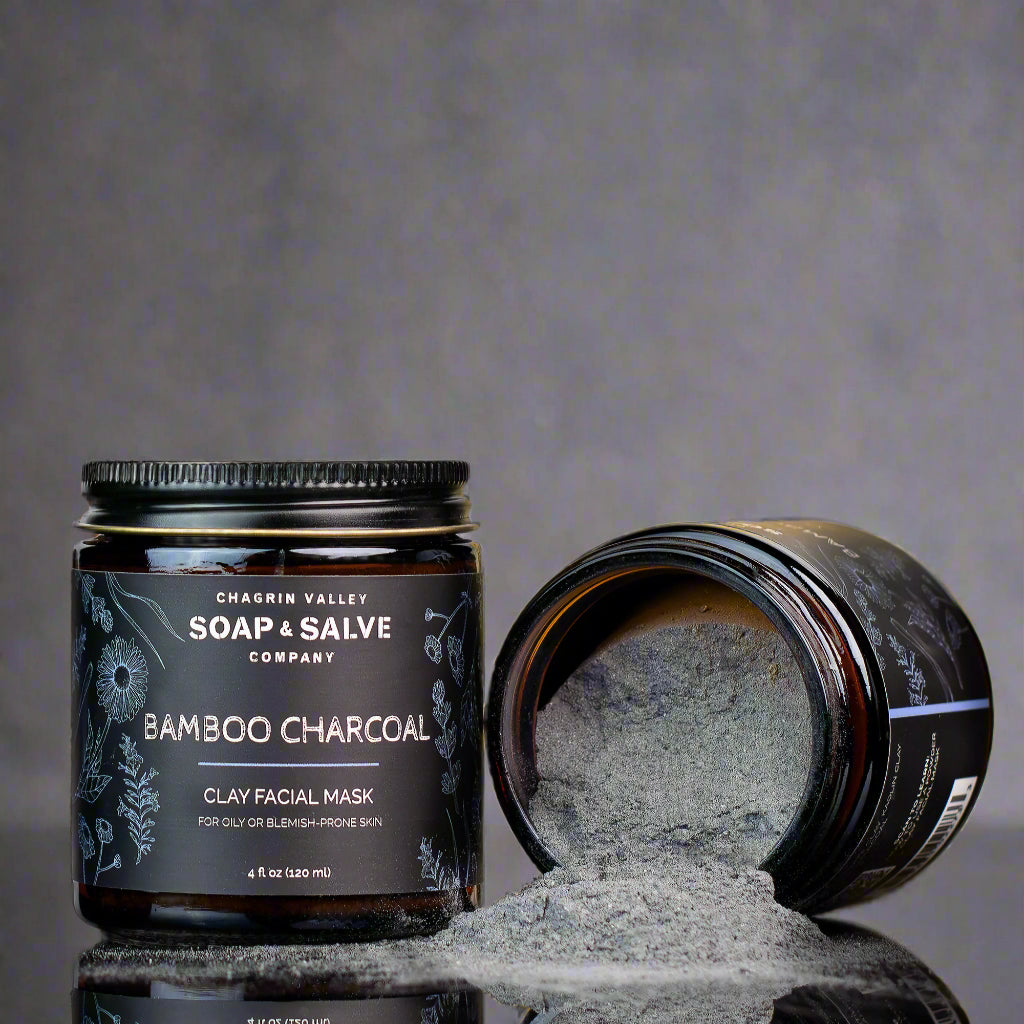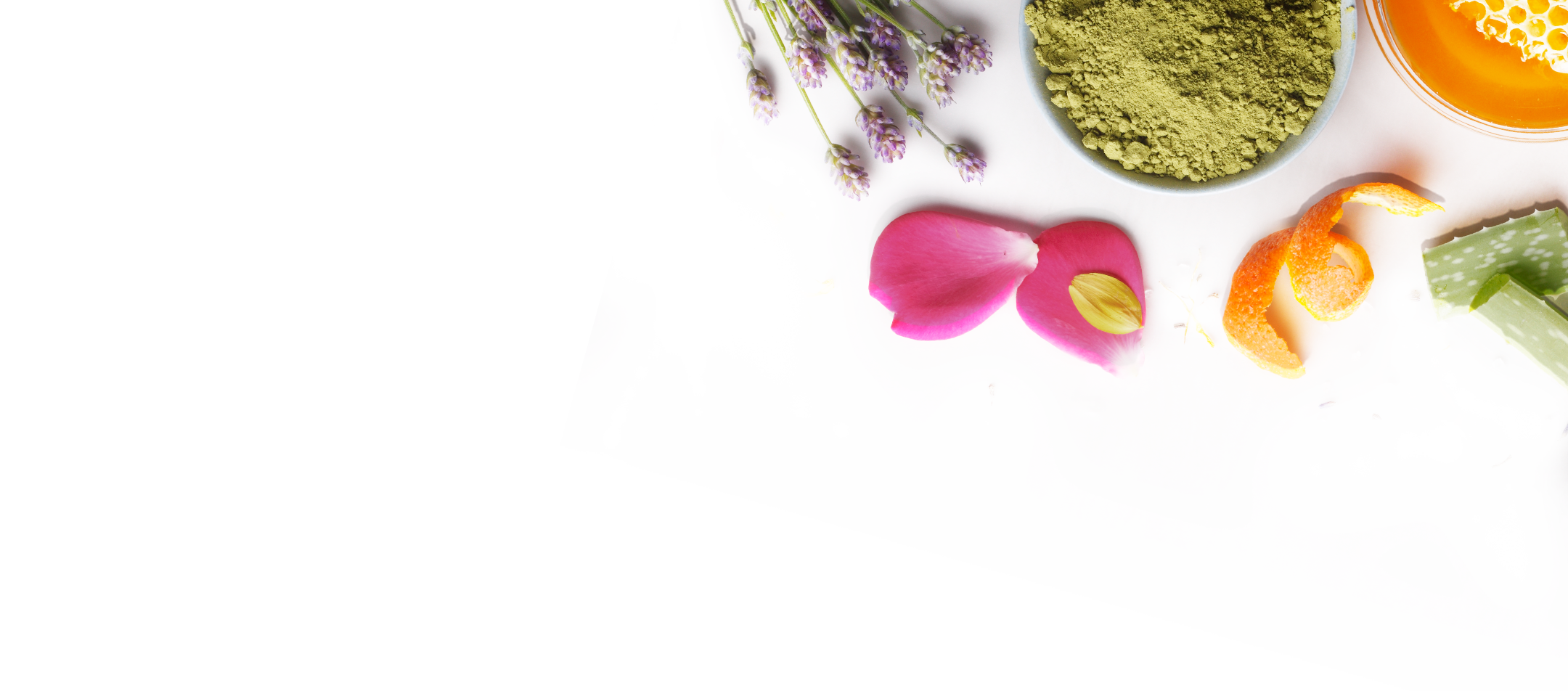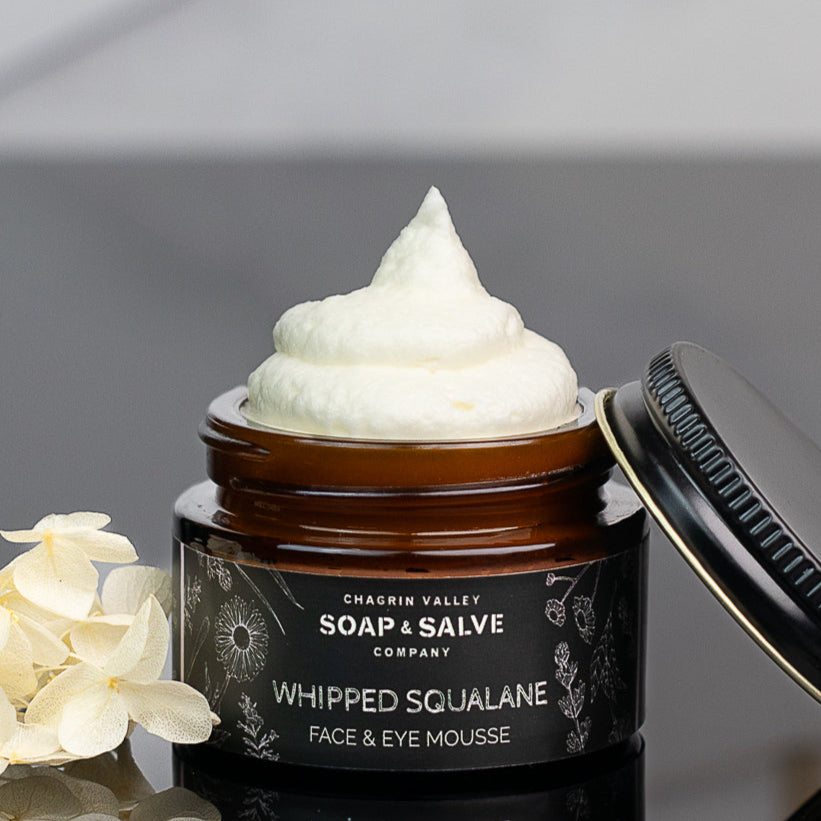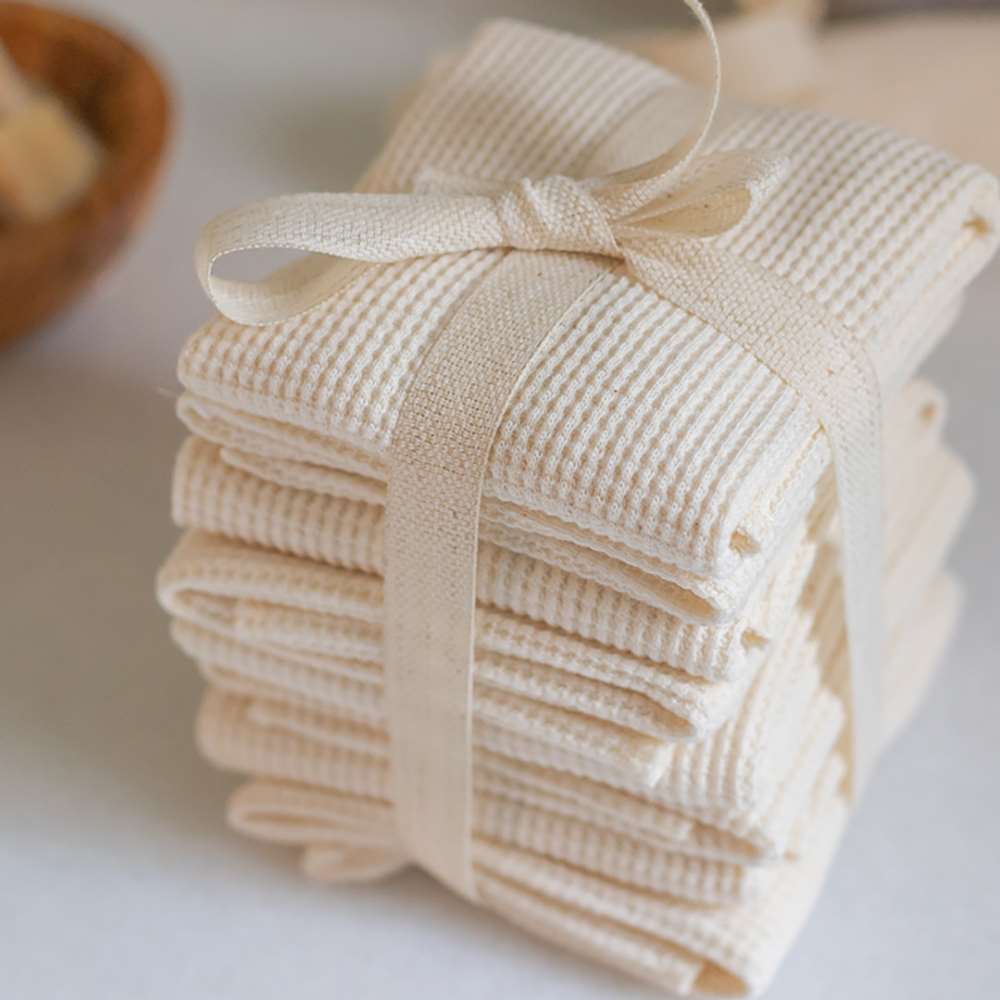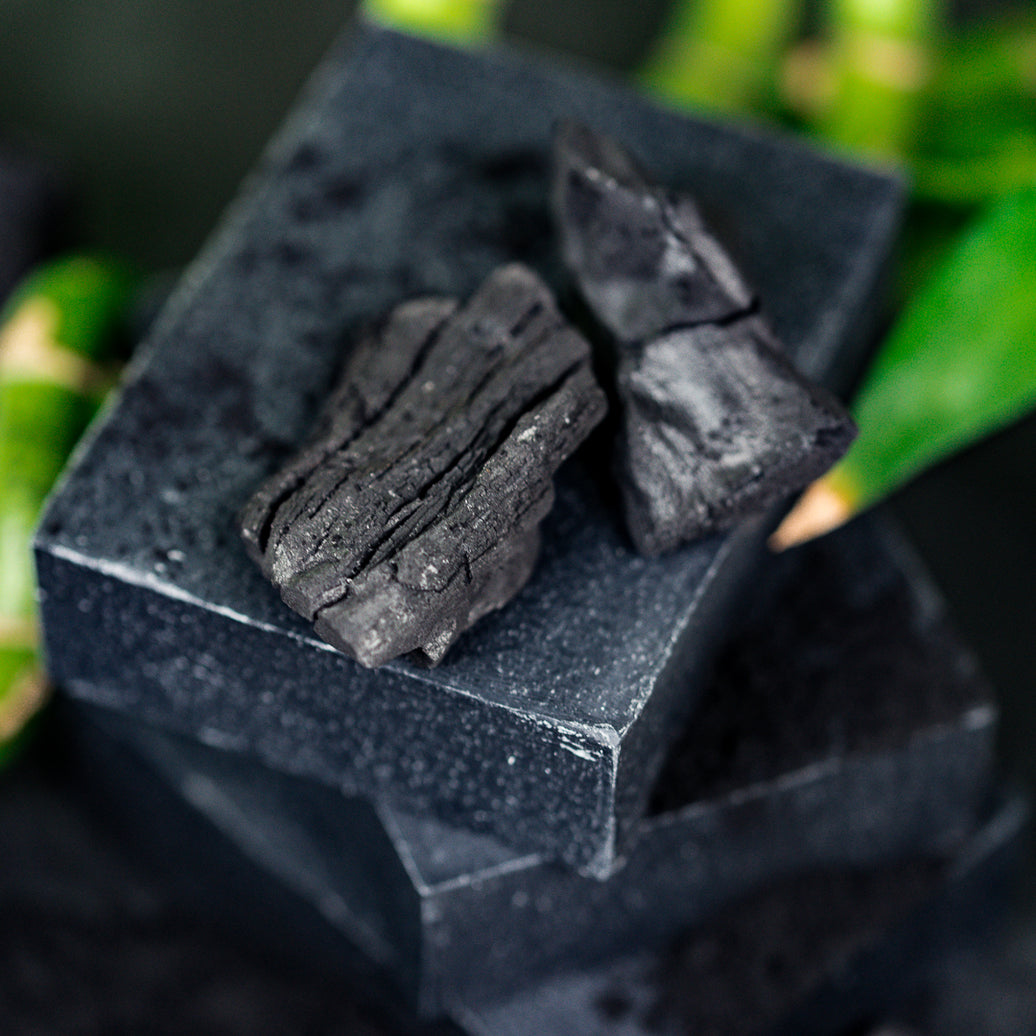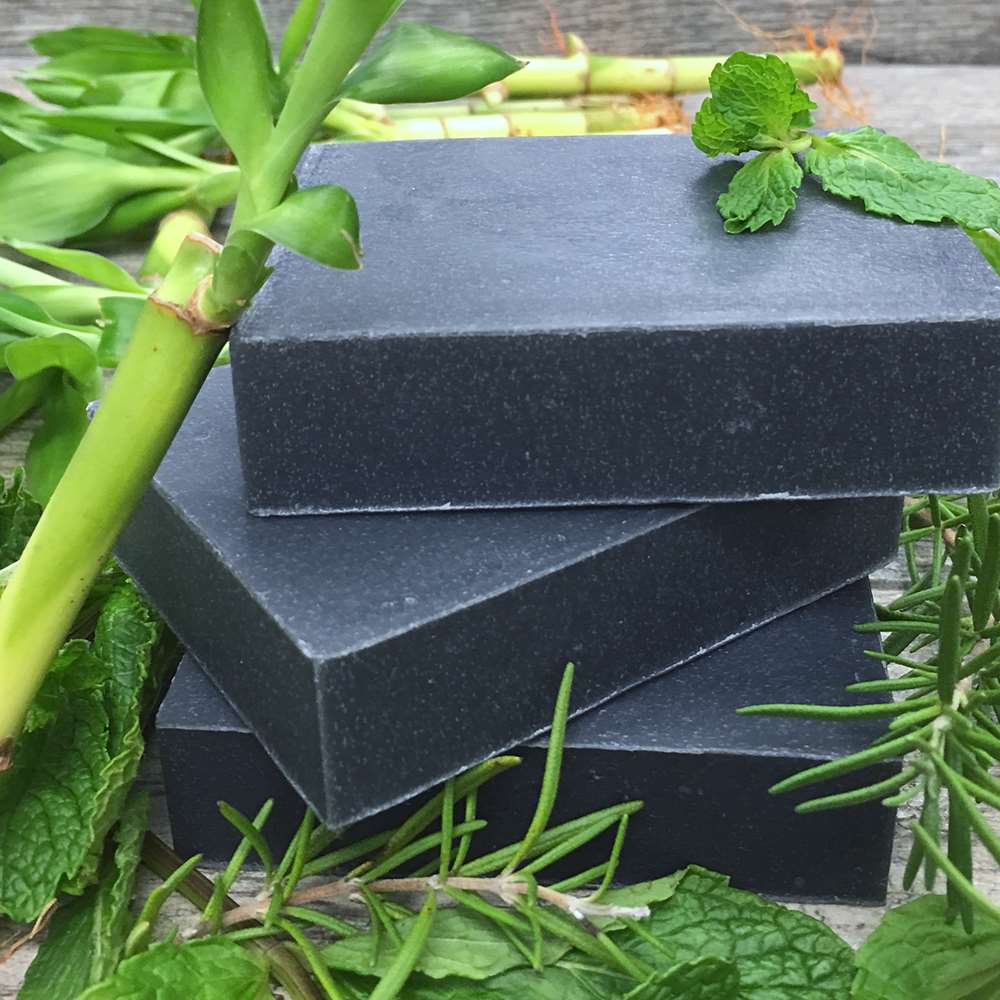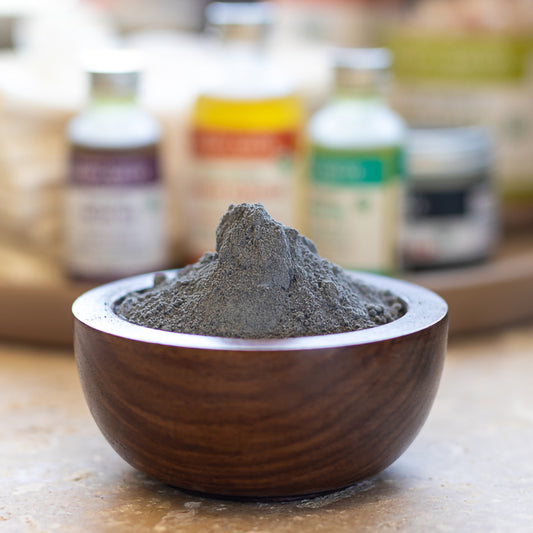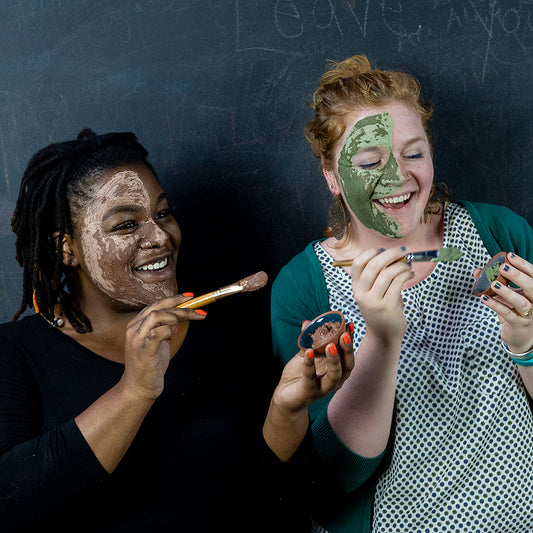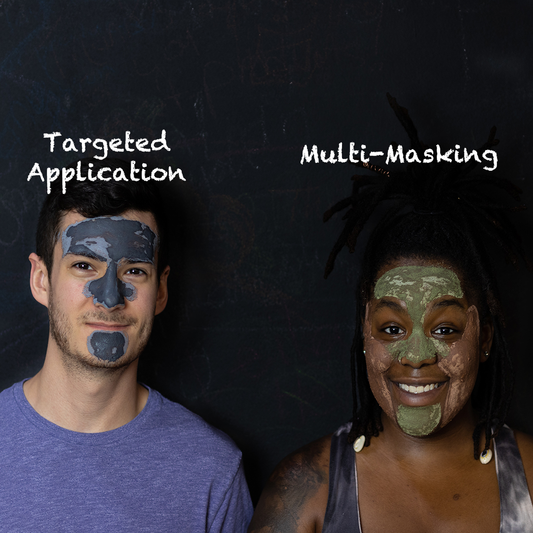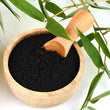
Clay Face Mask: Activated Charcoal
Clay Face Mask: Activated Charcoal
A highly magnetic blend formulated to draw out impurities and cleanse pores which helps fight blackheads, acne and excess oil. It promotes increase circulation, refines pores, and clarifies the skin resulting in a clearer complexion.
- Out Of Stock





Product Overview
Activated Charcoal Clay Face Mask is good for oily and blemish-prone skin
Activated Bamboo Charcoal is hugely popular in today’s beauty world—and for good reason! It’s a powerful ingredient that deeply cleans skin, drawing out even the most deep-seated impurities. Combined with both Bentonite and White Kaolin clays, this rich mask will help control oil production and target acne, leaving your complexion crystal-clear and purified.
About 8 to 12 uses per jar
ACTIVATED BAMBOO CHARCOAL - Activated Bamboo Charcoal—charcoal that has been pulverized and steamed—has even greater drawing power due to its wider surface area, enabling it to absorb a higher volume of bacteria, impurities, and micro-particles.
Due to its antibacterial and exfoliating properties, and its ability to deep clean, bamboo charcoal is great for folks with acne, troubled skin, or oily/combination skin. It works to unclog pores and absorb excess oil to help fight blemishes and blackheads. Charcoal adsorbs dirt and debris from pores leaving skin ultra-clean, soft and smooth. Four times more adsorbent (yes, the word is adsorbent) than wood charcoal, bamboo charcoal eliminates impurities and neutralizes odors.
WHITE KAOLIN CLAY - The mildest of all clays, White Kaolin is suitable for all skin types, especially sensitive skin. Its soothing properties help easily irritated skin and complexions prone to breakouts, rashes, and redness. With its soft and gentle abrasive texture, White Kaolin Clay works as a mild exfoliant, gently sloughing off dead and dry skin cells, to help keep your complexion smooth and clarified. White Kaolin will not clog pores and helps removes traces of dirt, impurities, and bacteria, making it an ideal component in this acne-fighting mask.
BENTONITE CLAY - Composed mainly of weathered and aged volcanic ash sediments, Bentonite Clay is highly absorbent and perfect for those with oily, acne-prone skin. Known for its purifying abilities, Bentonite extracts oil and dirt, unclogs and shrinks pores, and targets blemishes with its antibacterial properties. It helps tone and firm skin, stimulates circulation, and infuses skin with minerals like calcium, magnesium, potassium, and silicon to help keep skin in good health!
Clay Face Masks can be a versatile addition to any skincare regimen. We love our powder clay masks because, unlike the already prepared gel and cream masks, powder masks can be easily customized with extra mix-in ingredients* to provide your complexion with exactly what it needs as the seasons or your facial skin changes over time. The powder formula also stays fresh without preservatives.
*Learn More Blog: Clay Facial Mask Recipes & The Science Behind Them
How To Use
Creating an application technique that works for your skin will get you one step closer to a beautiful complexion.
Mixing The Clay
Step 1: Start with approx 1/2 to 1 Tablespoon of clay in a clay face mask bowl or any small non-metal bowl.
Step 2: Slowly add 1/4 teaspoon of room temperature or warm water and mix with a non-metal spoon.

Step 3: Continue adding small amounts of water and mixing until a creamy mud-like consistency is reached. Some clays need more water and some need less, so always begin with just a little water and continue to check the consistency. Be sure to mix well to a smooth clay paste.

Applying the Mask
Step 1: Begin with a clean*, dry face free of make-up, moisturizers, etc. (*Read the FAQ "Should I wash my face before using a facial clay mask?")
Step 2: Using a clay face mask applicator brush or a flat foundation brush, apply the mask to your face. You can apply using any technique that you like. I usually apply a thin first layer and then apply a second thicker layer so the mask is about 1/8″ thick.
If you have combination skin, read our blog about Targeted Application and Multi-Masking
 Step 3: Allow mask to dry for 5-10 minutes. Drying times vary depending on the clay and your skin type. As the clay dries you will feel a pulling and tightening sensation on your skin.
Step 3: Allow mask to dry for 5-10 minutes. Drying times vary depending on the clay and your skin type. As the clay dries you will feel a pulling and tightening sensation on your skin.
For oily skin or a deep cleanse, allow the mask to dry almost completely and then remove--leaving the mask on longer does not add anything beneficial to the treatment and may cause increased redness.
The drying phase is when the clay draws moisture from the surface of the skin.
Thus for sensitive or dry skin or a more gentle cleanse, allow the mask to only dry around the edges of the face and nose and then remove (about 5 minutes).
Removing the Mask
Step 1: I like to remove a clay mask with warm water and my fingers.
To re-hydrate the mask a bit for easier removal, you can dampen a facecloth with warm water and hold it to the face before removal.
Using gentle circular motions with fingers helps to stimulate circulation, polish your skin and provide an exfoliating action as the mask is removed. You may also use a face cloth to remove the mask.
 Step 2: Gently pat the face dry completely with a soft face towel.
Step 2: Gently pat the face dry completely with a soft face towel.
After application of a clay mask, you will feel a tightening effect and the skin may even feel a bit itchy at first.
Clay helps increase circulation. As a result, you may experience mild temporary redness for up to 30 minutes.
Step 3: Moisturize! Follow-up with a facial oil or moisturizer
Step 4: Enjoy your super smooth and beautifully fresh skin!
If you are concerned about skin sensitivity do a skin patch test.
For more detailed information please read our blogs
How To Use Clay Face Masks
Clay Facial Mask Recipes & The Science Behind Them
Multi-Masking and Targeted Application For Combination Facial Skin
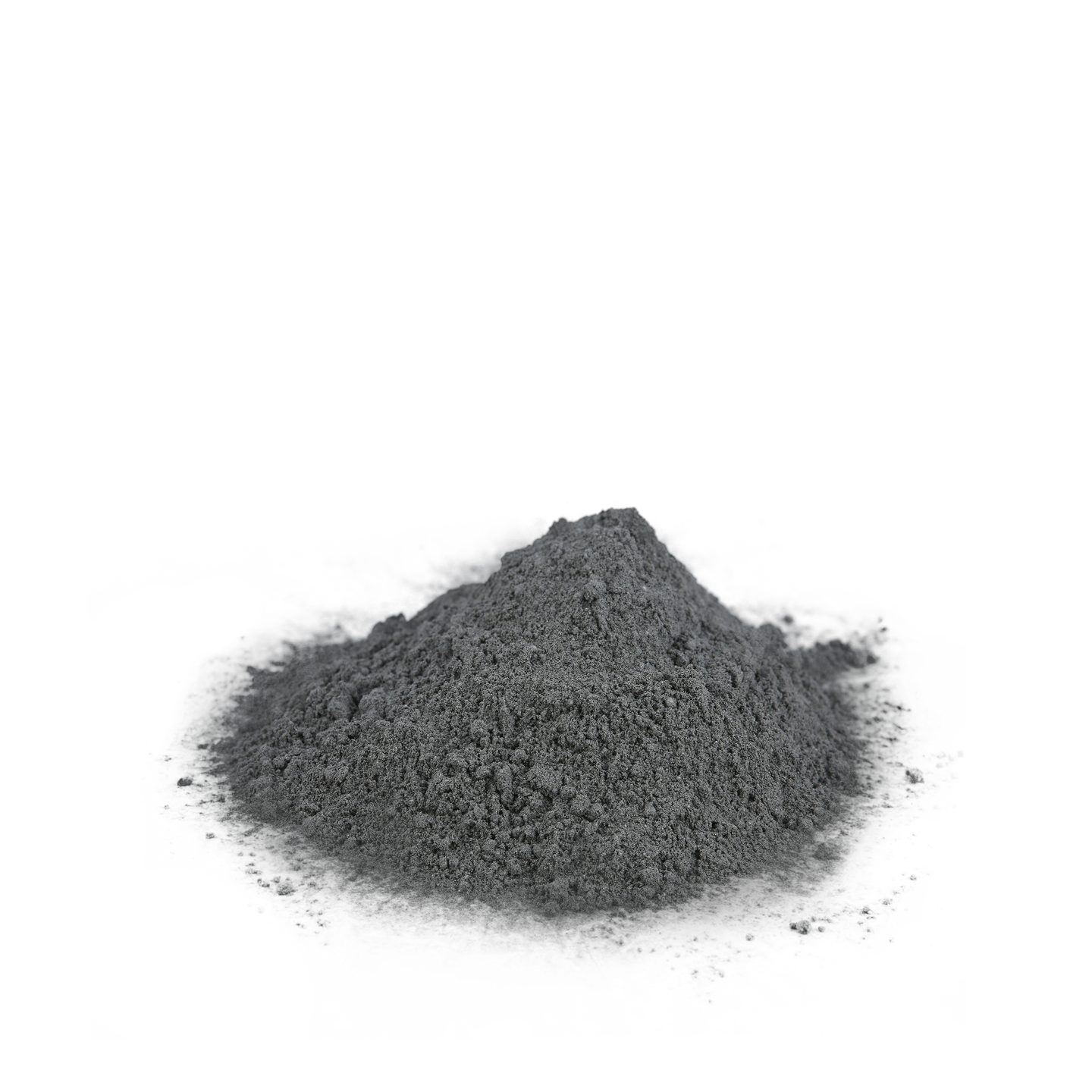
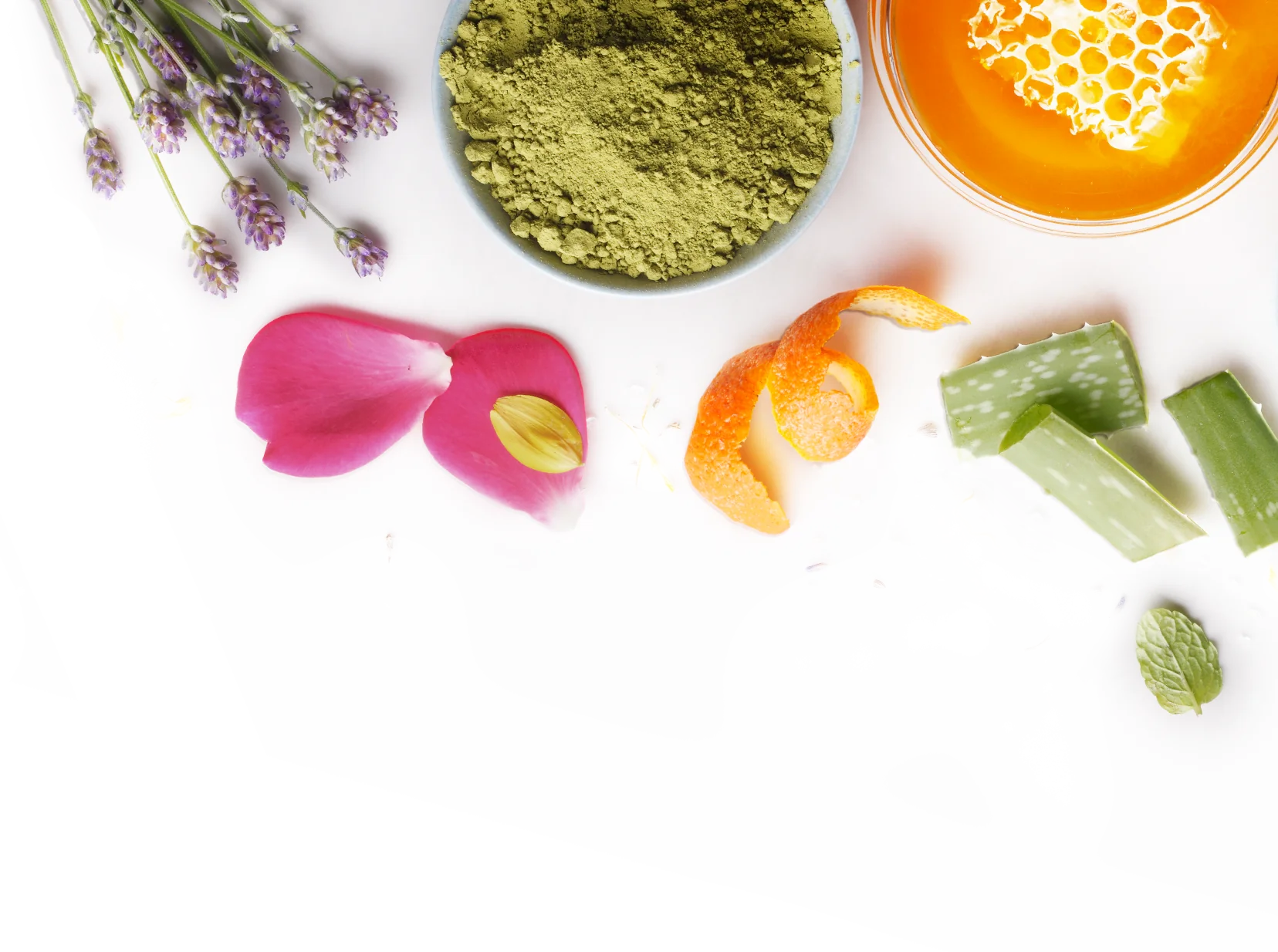
Effective, Feel Good Ingredients
The goal is simple: to Harness the Power & Simplicity of Nature® to cleanse, soothe, heal, and protect your skin and hair!
Our unique formulas rely on moisturizing oils and butters, healing botanicals, and pure essential oils. We choose every ingredient with one end-result in mind….the BEST possible natural skin care for YOU!
Featured Ingredients

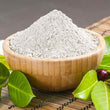
Bentonite Clay
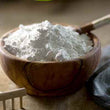
Kaolin Clay
All Ingredients:
Frequently Asked Questions
How do I use a Natural Clay Face mask?
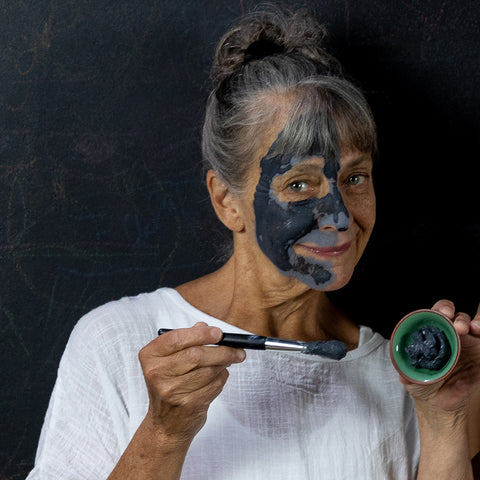 My face likes most of our face masks, including our Adzuki Bean Scrib which I use with yogurt to create a great mask.
My face likes most of our face masks, including our Adzuki Bean Scrib which I use with yogurt to create a great mask.
But our Activated Charcoal Clay Mask is the one that tones, smoothes, and just makes my facial skin glow.
However, based on all the ingredient research, that is definitely not the clay mask I would suggest for any 68-year-old, mature, face with dry skin. But it works for me!
So, finding the right face masks for your skin may take a bit of trial and error.
That being said, clay masks are quite a versatile product. I have written a number of blogs that can help with your "how to use" technique, recipes as well as an understanding of how clay masks do their magic.

How To Use Clay Face Masks
Clay Facial Mask Recipes & The Science Behind Them
Multi-Masking and Targeted Application For Combination Facial Skin
View Answer Page
Should I wash my face before using a facial clay mask?
To Wash or Not To Wash . . .
that is the question!
 Most of the time the directions included with a clay mask state, "begin with a clean face," but does that mean you need to actually "wash" your face first?
Most of the time the directions included with a clay mask state, "begin with a clean face," but does that mean you need to actually "wash" your face first?
Whether or not to wash your face before using a facial clay is up for debate and you are likely to find a lot of conflicting information online.
To Wash
There are those who say you should "absolutely" wash your face in to order remove the surface layer of dirt, oil and makeup.
This surface grime can hinder the ability of the active clay ingredients to get into the pores and do their job.
Some also believe that when you apply a clay mask onto unclean skin, you may be trapping all sorts of dirt, bacteria and other impurities and possibly driving them deeper into the facial pores.
Not To Wash
Others believe that washing before applying a clay mask may be too drying for those with dry or sensitive skin types.
After washing pores are open and anything you apply will be more rapidly absorbed which may cause more irritation with sensitive skin. If you think about it, moisturizing is best done immediately after washing for that same reason.
In my opinion, the answer to this question really depends on the type or purpose of the mask you are using and your skin type. For example, if you are using a deep cleansing mask for oily or problem combination skin, a fresh wash with warm water opens your pores which prepares your skin for a deeper cleansing experience.
Basically, the same logic holds true for whether or not to shower before or after a clay mask treatment.
Showering Before: Again this method works well with deep cleansing masks for oily and combination skin. The warm water and steam from the shower open your pores.
Showering After: If you have drier skin, you want to apply the mask before taking a shower. The warm shower will actually his help seal in the moisture.
To be honest, I do not wash my face before applying a clay mask. However, I do not wear make-up or use heavy creams and basically, my face simply gets dirty from normal exposure to everyday dirt and pollutants. I have aging dryish skin and washing before applying the face mask makes my skin feel too dry afterward. I just use the clay mask and then after rinsing, I moisturize.
Now, all that being said, if your skin is oily, your face feels quite dirty or is loaded with make-up you may choose to do a quick wash before applying the clay.
View Answer Page
Can I add other ingredients to my clay face mask besides water?
Clay Face Masks can be a versatile addition to any skincare regimen.
While clay powders are very effective when made into a simple paste with water, they can also be mixed with other ingredients for an added benefit or just for fun and experimentation.
There are many ingredients from your kitchen cupboard that can be added to a clay facial mask and each can provide its own possible skin benefits.
However, if you want to take advantage of "the science of clay" then you must understand that the property of clay that allows it to bind with impurities becomes activated by the chemical nature of water.
Understanding the idea that cosmetic clays need to be mixed with "water" to do their "thing," great additions would be hydrosols, teas, or any water-based liquid.
Directions: Simply use the tea or hydrosol in place of the water in your clay mask preparation. As then used as directed.
But what about other ingredients like eggs, yogurt, or honey?
For a lot more information about adding ingredients to your facial clay mask please read our blog "Clay Facial Mask Recipes & Some Science Behind Them"
View Answer Page
Which clay mask do I use if my skin is dry, oily and normal?

Our face has different zones in which the skin can vary in thickness, texture, pore size and the number of oil-producing glands.
Each zone may have very different needs and require individual attention.
So, what happens if you have multiple facial skin issues, like dryness, oily spots, and blemishes?
The answer is Multi-Masking . . .
What is Multi-Masking
Multi-masking is exactly what it sounds like. Instead of applying one face mask over your entire face, you apply different masks to different areas of the face in order to treat multiple skincare concerns at the same time.
For more information please read our blog Multi-Masking and Targeted Application For Combination Facial Skin
View Answer Page
Why isn't the USDA Organic or OEFFA Organic Logo On This Product?
USDA Organic Certification was created for food production (not the personal care industry) and as a result is based on organic farming and agriculture standards.
The list of allowable non-agricultural ingredients (like clay, salts, mud, etc) is based on raw materials used in farming. Agricultural ingredients have a biological origin and are made up of carbon. Non-agricultural ingredients have a non-biological origin.
For example, ingredients that come from plants and animals are agricultural, whereas salts, clays, baking soda, pumice, and water are non-agricultural.
Since clays like kaolin and bentonite have farming/agricultural uses, they appear on the list. Unfortunately, ingredients like Pumice, Dead Sea Mud, and Bamboo Charcoal are not used in farming or food production and thus do not appear on the list. Sometimes an ingredient, such as Magnesium Hydroxide, appears on the list but can only be under certain circumstances. Magesium hydroxide can only be used as a nutrient supplement for animals.
Products that contain these ingredients like our Sensitive Skin Deodorants, Clay Facial Masks, and Bamboo Charcoal, Loofah Pumice Foot, and Dead Sea Mud soaps, as well as our Mud & Clay and Rosemary Mint Charcoal Shampoo Bars cannot display any organic symbol or even state that they are organic.
Since we are a certified organic company, we must follow the rules of the USDA. Even though these products are made with certified organic ingredients that meet the same rigorous standards as those required for our "Organic" products, we cannot call them "organic." Sadly if you are not a USDA Certified Organic company, you can do whatever you want :-(
For more detailed information, please read our blog, "What Do All of the Organic Labels Mean?"
View Answer Page
